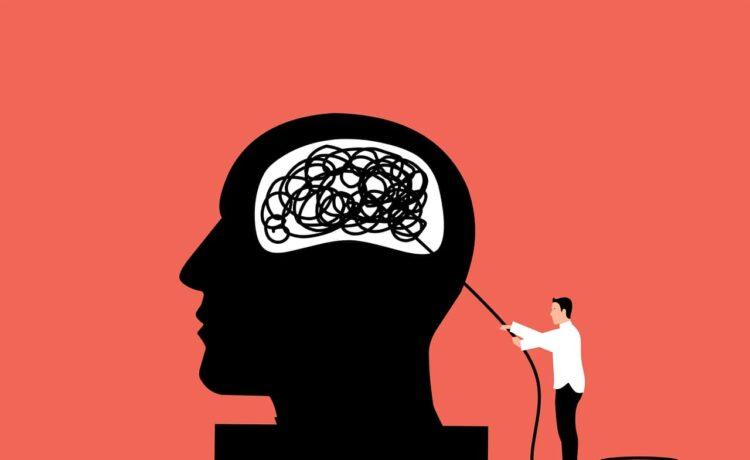Modern therapy approaches are currently depending significantly on mindfulness as a means of helping people access more profound emotional healing. Mindfulness helps people process emotions without judgment by raising awareness of the present moment, therefore strengthening their caring and resilient attitude. Therapists like Aurisha Smolarski therapist in Los Angeles, increasingly use this method to treat a range of mental health problems, including trauma, anxiety, and depression, as it offers a gentle but effective path to recovery.
Understanding Mindfulness in Therapy
In therapy, mindfulness is the state of being totally present in the moment—both emotionally and intellectually. It encourages people to see their ideas and emotions without trying to control or hide them. Learning to sit with difficult emotions in a therapeutic environment helps one to develop a deeper awareness of themselves. Regular practice helps people to develop a non-reactive, accepting attitude toward their experiences.
The Benefits of Mindfulness for Emotional Healing
Applied in treatment, mindfulness provides several advantages. The decrease of emotional reactivity is among the key benefits. Many times, people let their emotions overtake them and act impulsively or deliberately. By seeing these emotions as fleeting states rather than becoming caught in them, mindfulness helps people learn how to control them. Moreover, mindfulness helps people become self-aware so they may identify their emotional triggers and patterns.
Mindfulness and Trauma Recovery
For those who have gone through trauma, mindfulness can be a transforming tool on their journey of recovery. Trauma often ends in a separation from the body and increased anxiety or fright. Trauma survivors can gradually, non-threateningly reconnect with their physical sensations and emotions through mindfulness. Managing trauma-related symptoms depends on people learning to remain grounded in the present moment, which mindfulness helps them to do.
Integrating mindfulness into daily life
In therapy, mindfulness exceeds the duration of the session. Teaching people how to include mindfulness in their daily lives is an essential component of this method. Simple techniques, including body scans, conscious breathing, or mindful walking, can be effective strategies for handling emotional difficulties outside of treatment or stress. Incorporating mindfulness into regular activities helps people to preserve emotional well-being and equilibrium, therefore enhancing the therapeutic sustainability.
In therapy, mindfulness, as practiced by Aurisha Smolarski therapist in Los Angeles, provides an accepting and efficient path for deep emotional recovery. Mindfulness helps people to become more present and sensitive of their emotions, enabling them to effectively manage challenging emotions. Whether dealing with trauma, anxiety, or depression, mindfulness offers a strong foundation for emotional resilience and personal development, therefore helping people to lead more harmonic and fulfilled lives.







